A short trading week resulting from the two-day Eid-al-Fitr holiday made for a largely uneventful week on the market front but quite an eventful one on the data front.
On the currency front, CBN finally took out the official exchange rate (NGN379/$) completing the harmonization with I&E rate (NGN411.67/$) which had been announced by the Finance Minister in March. On the data front, CBN published 2020 full-year data on Nigeria’s balance of payments while the NBS put out Q1 2021 data on fiscal tax receipts.
COVID-19 and oil shocks sent current account into record deficit
CBN published Q4 2020 current account data which showed that Nigeria posted a record deficit of USD16.9 billion (up from a revised deficit estimate of USD14.6 billion in 2019).
Relative to the size of the economy, the CA deficit stands at 4.6%, up from 3.7% of GDP in 2019. Looking at the breakdowns, although imports fell 28% to USD 72 billion, a wider decline in exports (-43% y/y to USD 40 billion) was central to the deterioration in the current account.
Export weakness stemmed primarily from oil (-42% y/y to USD 31 billion) following the collapse in oil prices over the year and as Nigeria cut back on oil production to comply with agreed OPEC+ output curbs.
Declines were also evident across the remaining export components: non-oil exports (-56% y/y to USD 4.5 billion) and service exports (-19% y/y to USD 3.9 billion).
Other components of the CA account showed weakness: remittances down 28% to a fourteen year low of USD 17 billion as COVID-19 shocks hurt diaspora incomes amid outward foreign income payments of USD 5.7 billion.
Figure 1: Current Account (USD’billion)

Source: CBN
No love from foreign portfolio investors worsens the financial account
Given the hole in the current account, Nigeria needed to find love from either foreign investors or lenders to help balance the external account. However, foreign investors (especially into the usual carry trade customers), fled en masse in the risk-off climate that was 2020. Specifically, net foreign capital flows tumbled 83% to USD 1.7 billion, underpinned by portfolio outflows of USD 3.6 billion (vs. inflows of USD 3.1 billion in 2019) reflecting an exodus from Nigeria’s debt and equity markets in the aftermath of the covid-19 outbreak and the collapse in oil prices.
Surprisingly, FDI flows came in at USD 2.4 billion (2019: USD 2.3 billion). As a result, relative to the USD 16 billion required to plug the current account, Nigeria only received USD 5.1 billion which would account for the exchange rate pressures observed over the last 15 months.
Figure 2: Trends in Nigeria’s Financial Account (USD’ billion)

Source: CBN
IMF loan provides respite but large unfinanced gap explains FX liquidity pressures
Given the fundamental shortfall, Nigerian authorities tapped the IMF for a USD 3.4 billion RFI loan which helped limit FX reserve drawdowns to only USD 1.7 billion. (Excluding the IMF loan, FX reserves would have dropped to USD 33 billion vs. year-end close of USD 36.5 billion ceteris paribus).
However, to fully offset the impact of the deterioration in the current account, CBN needed to allow FX reserves fall to USD 22 billion (or USD 25 billion including the IMF loans) to leave USD liquidity conditions intact, by my estimates.
CBN’s reluctance to tolerate reserve depletion implied that Nigeria had a large financing gap of USD 10 billion. The continued delay in plugging this financing gap amid only a 12% Naira depreciation across official segments has implied the wider economy has to deal with the burden of adjustment. In hindsight, the 25% depreciation in the parallel market to NGN485/$ appears (in my view) to have fully captured the complete pass-through of the external shock relative to FX reserves (26%) from the start of the crisis.
This full pass-through scenario was aided by CBN’s ultra-low interest rate policy over 2020 wherein rates crashed to 1-7% across the naira curve providing no temporary abode for idle naira balances.
Figure 3: Nigeria’s Balance of Payments Gap (USD’ billion)

Source: CBN, Authors calculation
Following the back-up in interest rates and a recovery in oil prices thus far in 2021, Nigeria can bridge the gap by tapping external debt markets for dollars, significant monetary tightening to curb USD demand and cultivate some portfolio flows, and an adjustment in the spot Naira rate towards the REER parity levels of NGN430-440/$.
In a dynamic akin to 2017, the improved USD position should allow the CBN to clear the backlog which should result in a downward repricing of the parallel market to reflect a much-changed external account outlook.
Tight liquidity conditions support the further uptick in short-term interest rates, but downward bias along the long-end: In the short-three day week, liquidity conditions remained generally tight which continued to drive sustained bank reliance on CBN lending facilities. Average daily net bank exposure to the CBN window stood at NGN185 billion though slightly behind last week’s year high of NGN201 billion but still above the NGN115 billion average observed in April and at variance with the net deposit positions over Q1 2021.
The drop-in system liquidity continued to reflect the lull in system inflows after the CBN largely unwound its OMO bill book. Interbank borrowing rates averaged 18-19% over the week (including a spike to 28-29% on Friday) relative to 14-15% levels in the prior week. At the NTB auction which took place on Friday, where the plan was to rollover NGN118 billion in NTB maturities, the DMO took advantage of robust demand (bid-cover of 1.96x) especially on the 1-yr (2.5x offer) to take up more borrowings (NGN138 billion) continuing the pattern of net issuances.
Relative to my expectations for convergence at 10% for the 1-yr, the stop rate printed at 9.75% as at the last auction. In my view, the structure of NTB auctions where you eat what you kill (vs. bond auctions) provides DMO with the flexibility to manage NTB sales in such a way as to achieve lower rates. However, the long end of the Naira yield curve saw a slight compression (-12bps) with the biggest drop on the 2049-2050s (down 20-24bps) likely reflecting some short-covering ahead of the auction.
Figure 4: Naira Yield Curve

Source: FMDQ, NBS
CBN takes out the official rate, first step towards Naira convergence?
Watchers of the CBN website noticed a strange development during the week: the tab for the official exchange rate which last displayed NGN379/$ was missing. Traders would later confirm that the old NGN379/$ was no more and the I&E rate of NGN411/$ would be the new rate going forward. This position is consistent with the view expressed by the finance minister in March 2021 that the fiscal side had shifted to using the I&E rate for official transactions.
As such this CBN website move appears to be fait accompli and it potentially marks the first step towards convergence. This move is the easy part, the harder one is the harmonization between the parallel rates (anywhere between NGN483-500/$) and the I&E rate at NGN410-411/$ which will require a combination of increased CBN sales into the interbank for official transactions and/or a devaluation in the spot rate to some number between the two rates.
Managing the situation could involve rate tightening to which the elevated inflation rates provide sufficient justification. Elsewhere, despite much higher oil prices, FX reserves continued to head south (down 0.4% w/w to USD34.6 billion) suggesting outflows linked to forward sales and a recent step-up in CBN sales. That said, word on the street is that a Eurobond roadshow is now about to get off the ground which could explain the move towards convergence.
Q1 2021 tax data shows recovery in non-oil fiscal receipts
The NBS provided a data dump on corporate income tax (CIT) and value-added tax (VAT) which showed respective increases of 33% and 53% to NGN393 billion and NGN496 billion respectively in Q1 2021. The upswing reflects a rebound from the COVID-19 impacted base of 2020, improved effort at tax collection, and the higher VAT rate which came into effect in 2020.
Relative to the 2021 budget run rate, I estimate that the VAT numbers appear to be running ahead (+11%) while the CIT numbers are running slightly behind (-5%). That said, it’s still early days plus some of the variances could reflect seasonality but a strong start to 2021 for fiscal receipts.
The week ahead (May 17-21, 2021)
System maturities remain thin heading into the new week with only NGN40 billion in OMO maturities and small FGN bond coupon payments (NGN9 billion). The main highlight will be the April 2021 CPI report on Monday and May 2021 bond auction on Wednesday.
Inflation likely maintained its acceleration over April 2021, but sluggish m/m print. The NBS is set to release the April 2021 CPI report on Monday and as in recent months, the run-up in food prices will continue to propel headline inflation higher, given its larger weight (51%) in the CPI basket. While food prices remained elevated relative to 2020 levels (+25% y/y), prices of some key grain crops (maize and sorghum) slowed over April which should underpin sluggish m/m trends in the food basket.
Furthermore, following the move to hold the line on fuel subsidies, energy costs are likely to have slackened over April after some recent acceleration. In all, my guess for April is for a monthly read anywhere between 1.59-1.62% which should cascade into an annualized inflation number between 18.8-18.9%. Over the rest of 2020, the headline should run close to 20% over the next two months before base effects in the second half of the year work to drive a moderation towards 15-16% levels.
May 2021 bond auction
Against a backdrop of tight liquidity conditions, thin coupon inflows over May and a looming Eurobond sale, the DMO can afford to undersell at this month’s auction, in my opinion. Furthermore, the suspension of the on-the-run 2045s for this month’s sale (it returns in June) and the re-opening of the 2049s hints at the possible existence of demand from non-competitive bids for this paper, in my view. As such, this auction is likely to see a lukewarm DMO posture at the auction as in April.
On the other hand, the market senses blood given the pressure in short-term rates and bidding could be aggressive across all tenors. Relative to levels at April’s bond sale, yields have tracked higher in the secondary market: 2027 (currently 13.01% vs. 12.25% in April) and 2035 (currently 13.91% vs. 13.34% in April). As such my guess is that rates likely close between 12.95-13.1 for the 2027s and 13.7-8 for the 2035s.
For the 2049s, my suspicion is some short-covering could drive robust demand at the auction which alongside possible non-competitive bids could allow the DMO close out under just under 14%.



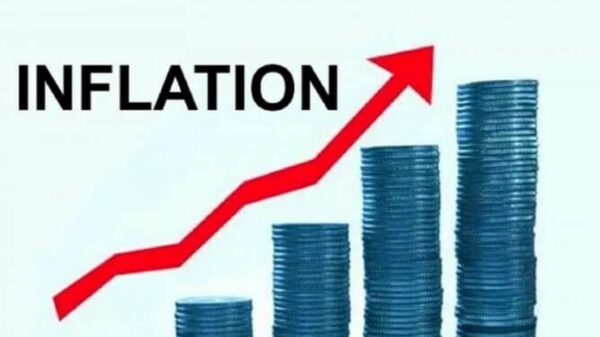
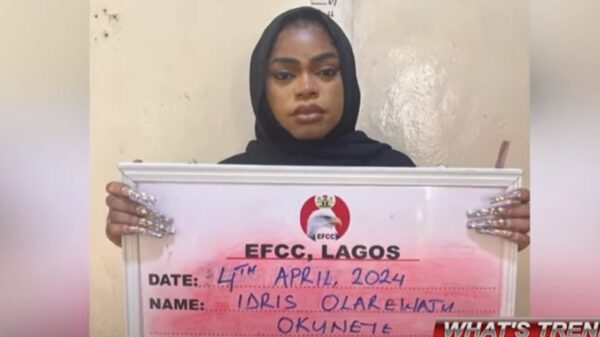
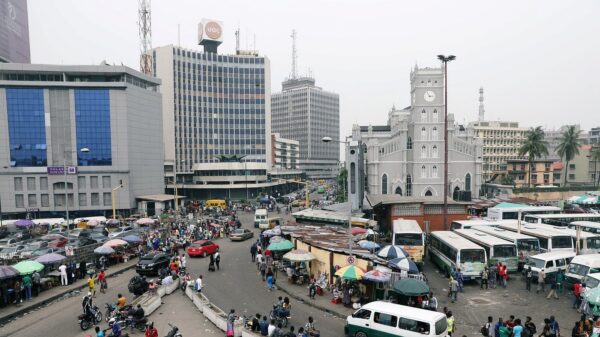


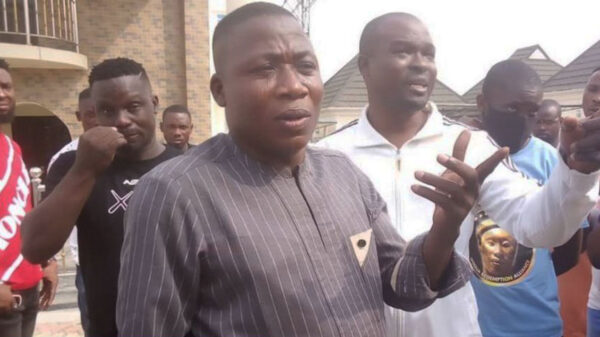

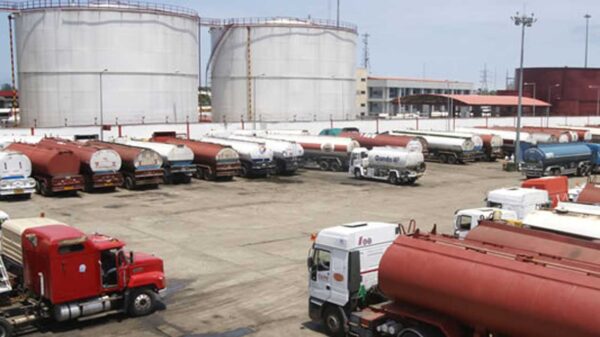

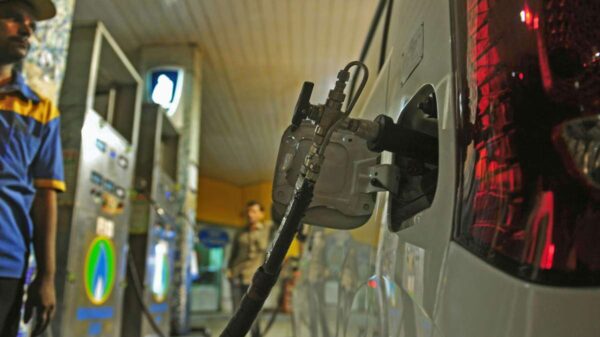

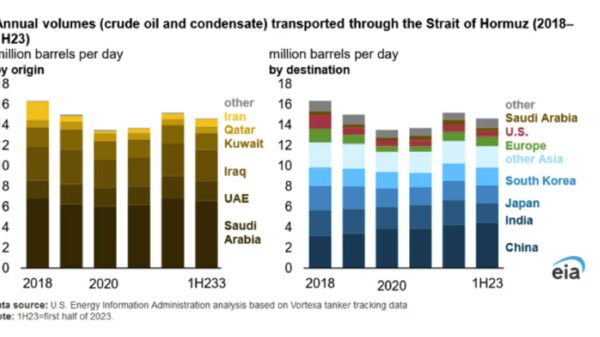
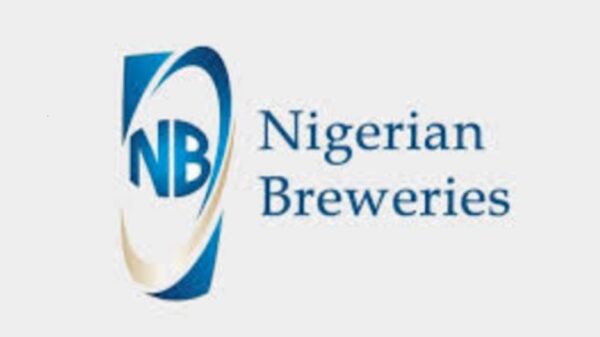

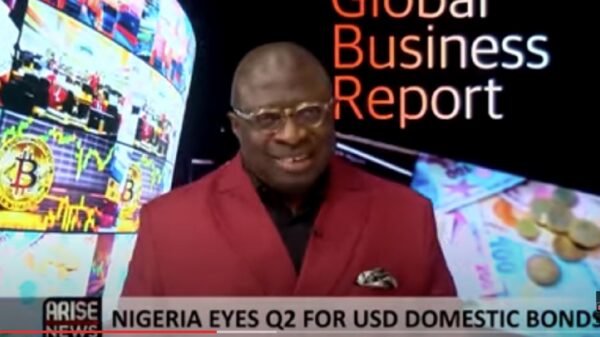

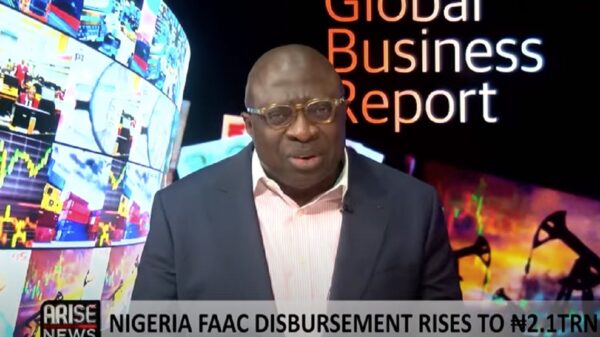


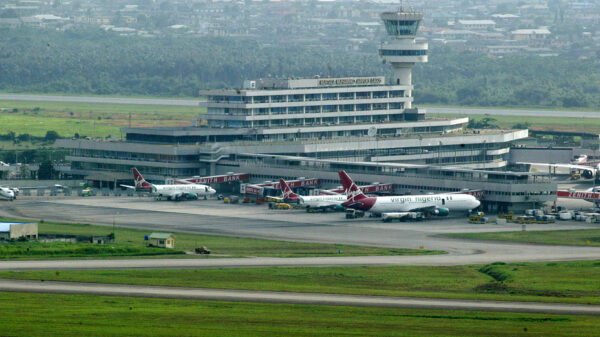



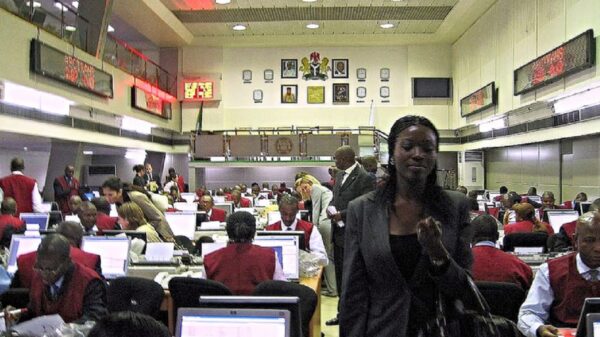
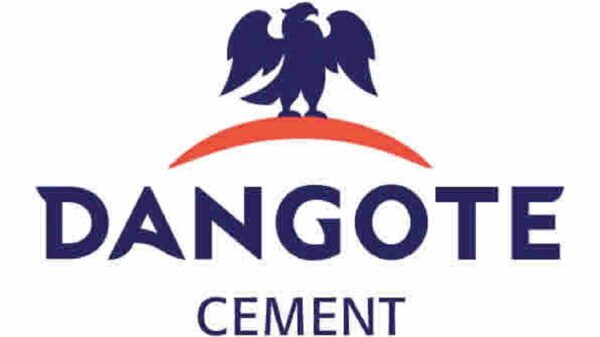
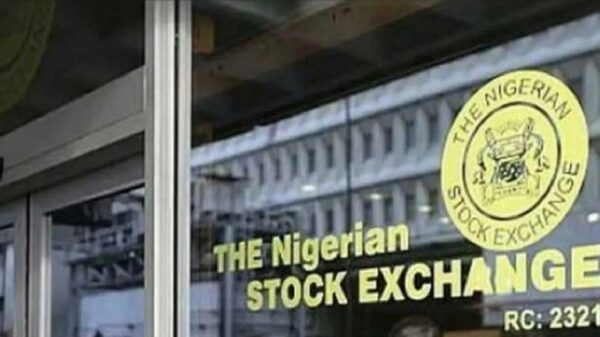
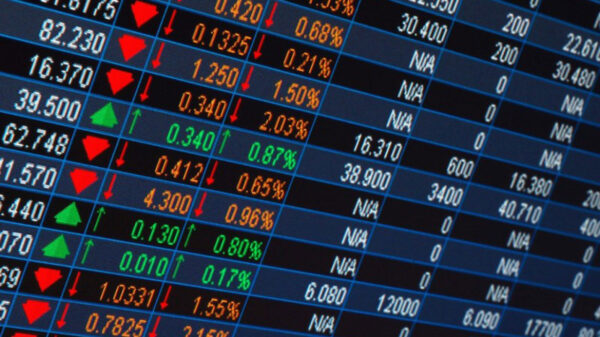

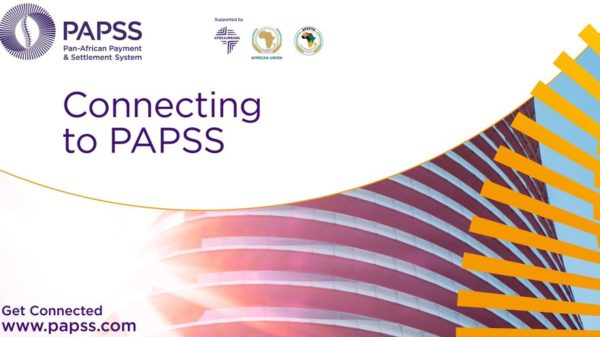
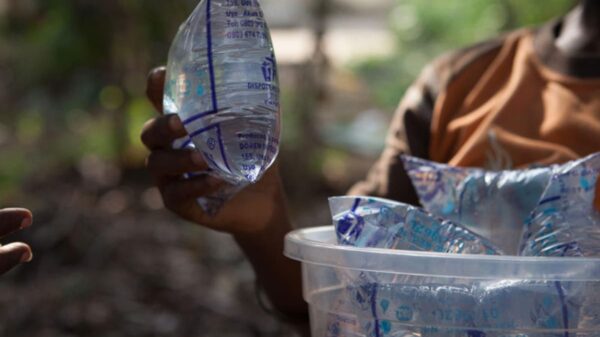
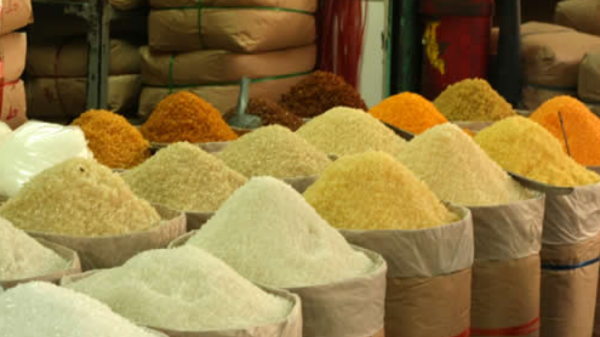

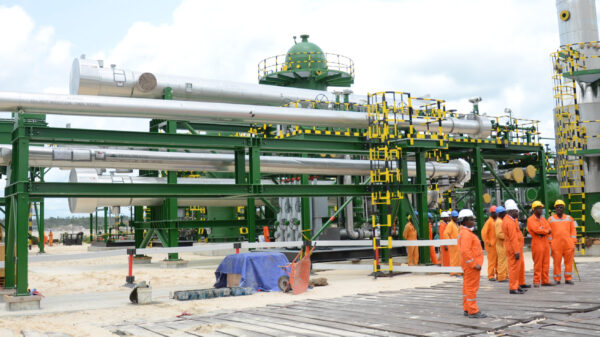
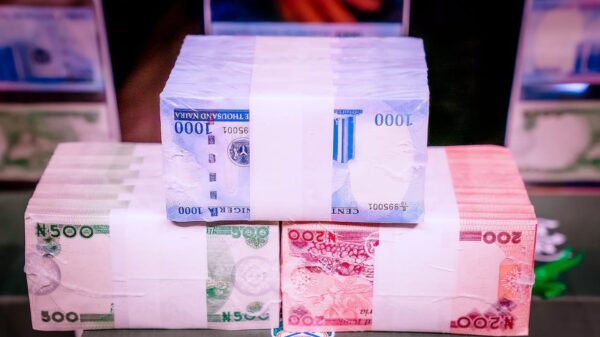
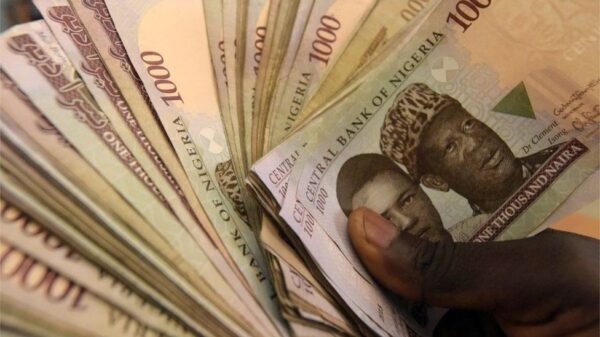
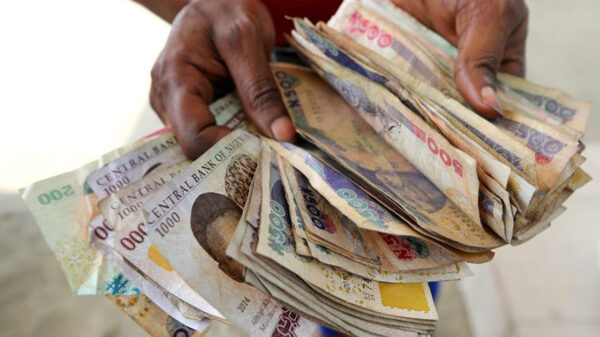
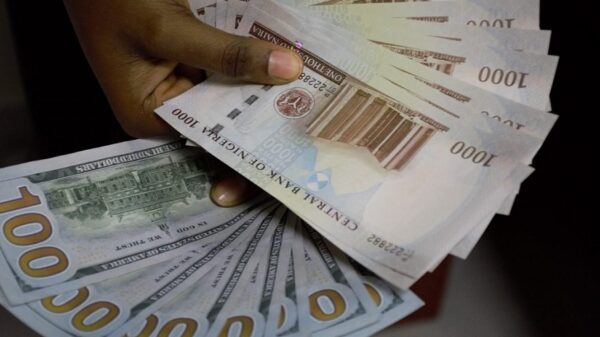
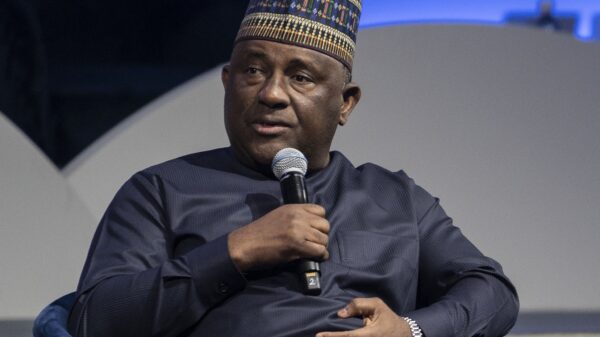

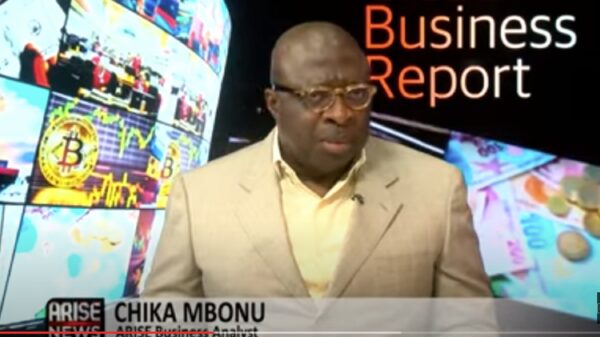
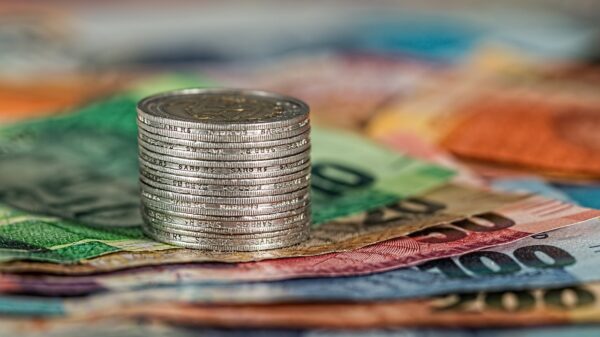

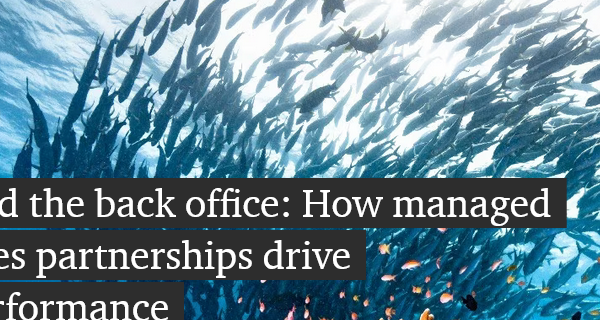





You must be logged in to post a comment Login